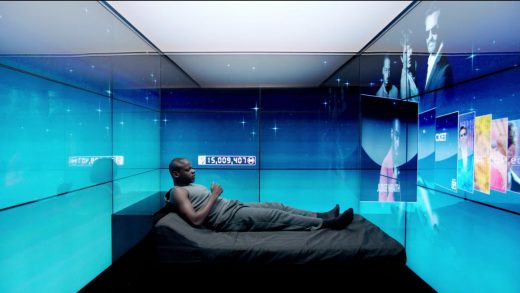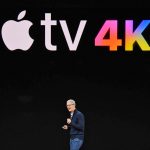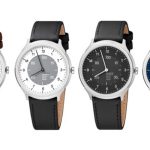Binge-watching will be as easy as breathing
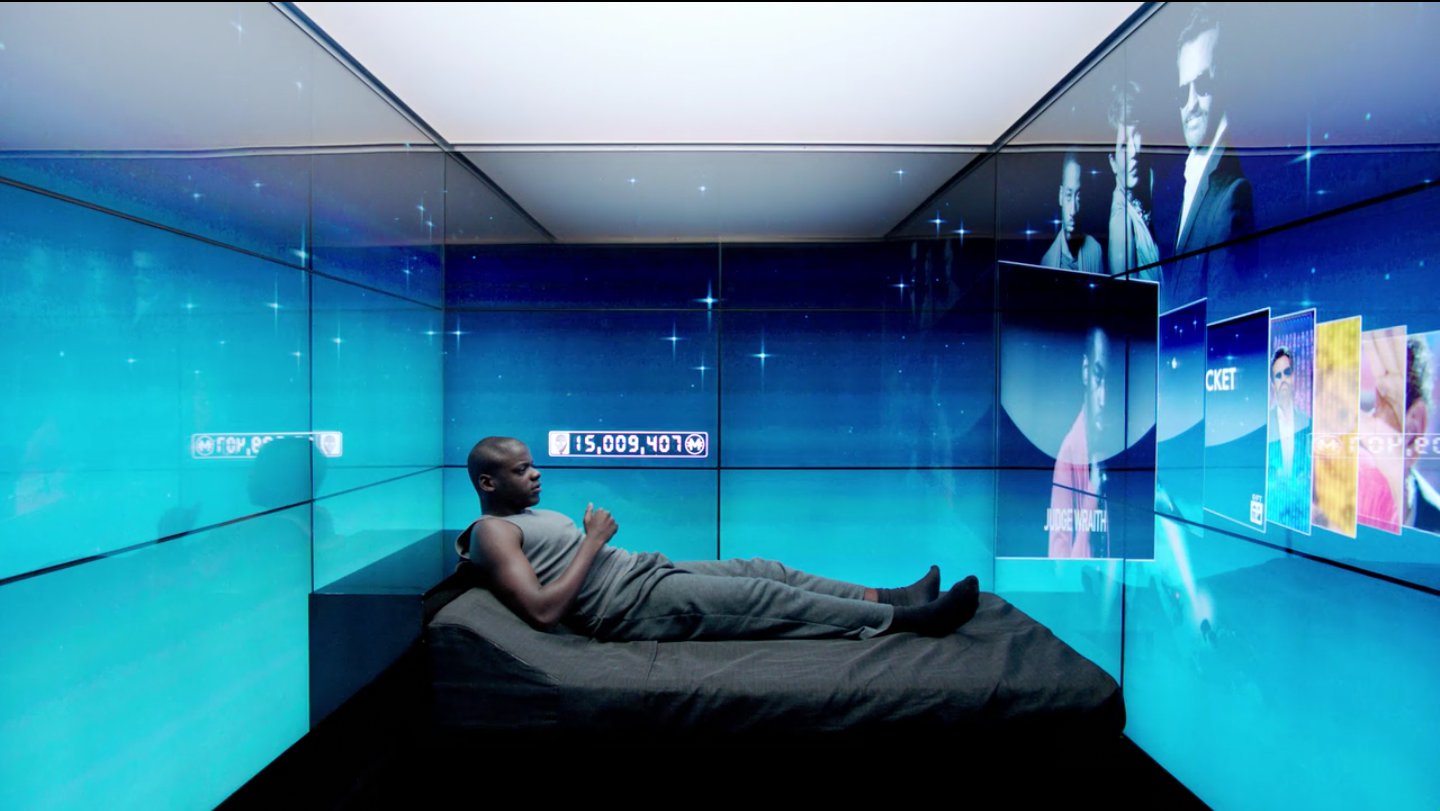
It’s never been a better time to be a media addict. We’re in the midst of a television renaissance, where writers are pushing the medium to new heights. It’s easier than ever to get access to foreign and independent films. And the rise of streaming services like Netflix and Hulu, as well as digital rentals, makes it a cinch to watch just about anything we’d like at a whim. If anything, one of the biggest issues with the media landscape today is that there’s simply too much to take in.
The 8K dilemma
And what of 8K? While it’s the logical upgrade from 4K video, with quadruple the amount of pixels (7,680 by 4,320, compared to 4K’s 3,840 by 2,160) it might not find much of a place in homes. “To me, 8K might as well be ‘Smellovision,'” LePore said. “It’s not going to be something people can appreciate.”
For most consumers, it’s already difficult to see a huge difference between 1080p and 4K displays under 50 inches. Most advantages with 4K sets come from upgrades beyond the mere resolution bump, like better panel quality and HDR’s massive color and brightness improvements. You’d need a cinema-sized screen to really perceive the resolution difference between 4K and 8K video. (Most digital projectors in theaters today spit out 4K.)
NHK is testing out 8K satellite broadcasts in Japan, but it’s going to be a while before any others follow suit. It wouldn’t make much sense to stream massive 8K files, which can reach upwards of 200GB today. Of course, network speeds and compression will inevitably get better, but there’s a point where simply throwing more pixels on a screen doesn’t actually improve anything.
Although 4K Blu-ray will likely go down as the last consumer-facing physical format, there’s a chance that 8K could find its way to extreme A/V enthusiasts through another disc technology. Just be prepared for it to be very expensive and somewhat inaccessible — think of it like an extreme version of Laser Disc. I’m the sort of home theater geek who doesn’t mind investing in a doomed format like 4K Blu-ray, but even I see the writing on the wall.
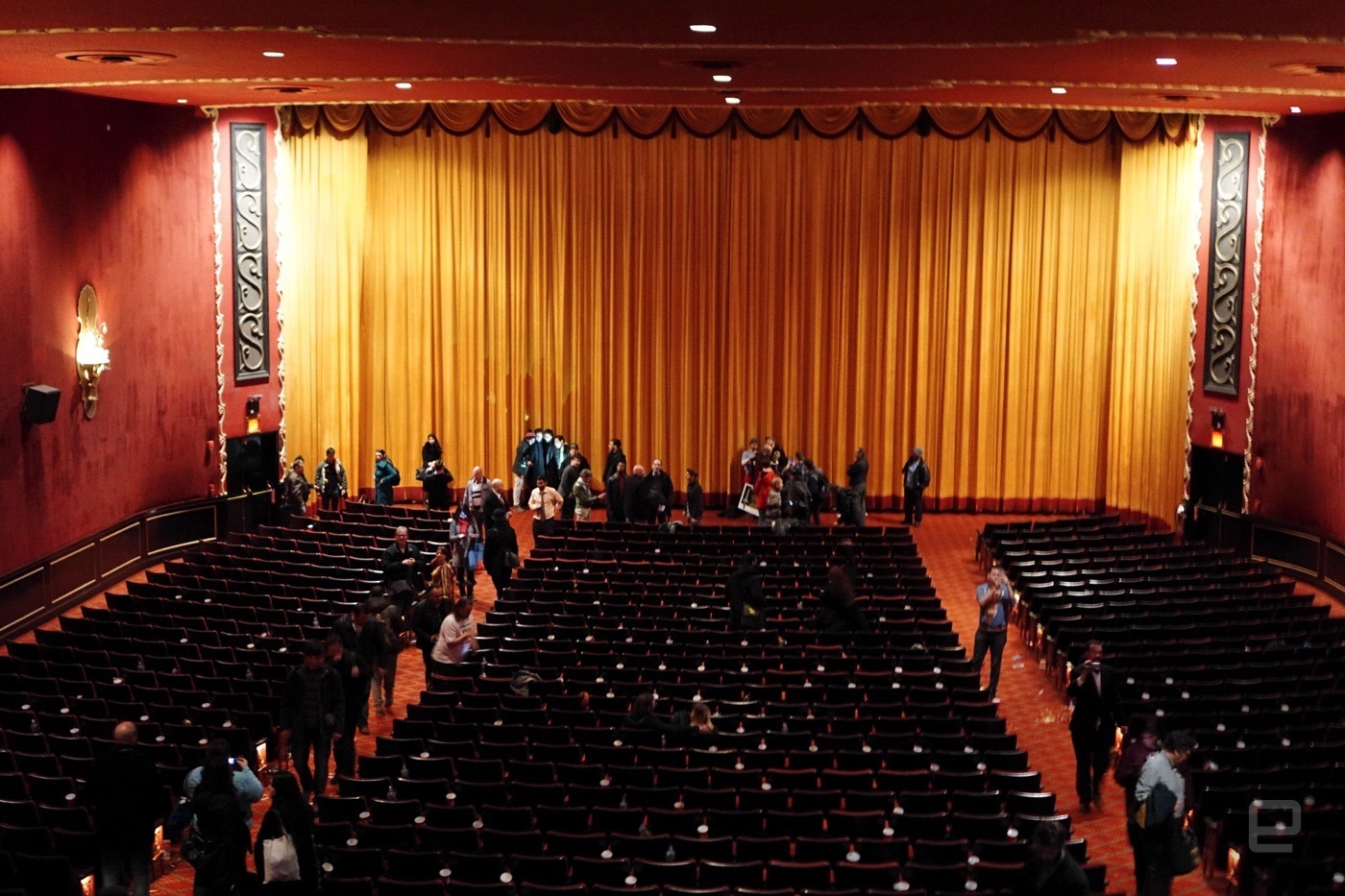
The theatrical experience
With so many things to watch, and so many places to watch them, it’s no surprise that movie theaters have it rough. They won’t disappear a decade from now, but those that remain will look much different. We’re already seeing some evidence of change today, with things like reserved seating, reclining chairs and in-theater dining becoming more widespread. And we’re also seeing disastrous attempts at making the cinema experience more “extreme” like 4DX.
If we’re going to see 8K video anywhere, it’s going to be in theaters. You can also expect things like HDR and laser projection to become standard. Hopefully that’ll mean the end of dim screens, something that still plagues theaters today (and 3D glasses only make things worse).
Even as consumers invest in bigger screens at home, theaters still deliver a grander cinematic experience. The best upgrades typically involve making the cinema feel more like your perfect living room, such as with those aforementioned comfy chairs. But I wouldn’t be surprised if theater chains also catered more to specific audiences.
Cinepolis, for example, already has a few screens with playgrounds, where parents can let their kids let loose before the movie and during a short intermission sequence. We might even see the dreaded idea of a theater where you can use computers and phones. That’s not my cup of tea, but it’s a reality I could live with if it meant keeping a local theater in business.
“More” is the future of media
Ultimately, the media landscape a decade from now will look similar to what we have today — except it’ll reach new heights thanks to more content, more screens and more ways to enjoy it all. You’ll be able to catch up on shows as easily during your commute as you can anywhere in your home. It’ll be a utopia for TV and movie addicts. But if you’re the sort of person who already has trouble keeping up with the vast amount of video out there, it might look more like a dystopia.
[Photo credits: Thomas Trutschel/Photothek/Getty Images]
Just 10 years ago, though, things were much different. Netflix’s streaming video service was just getting started, with around 1,000 films at launch and a very limited amount of viewing time (the $18 plan got you up to 18 hours of video). Consumers were trying to wrap their heads around HDTVs. And HD-DVDs were still fighting it out with Blu-ray discs. Given how quickly the media industry changed over the past 10 years, we’re expecting similar shifts in the decade ahead.
Streaming thrives
If there’s one certainty, it’s that streaming video isn’t going anywhere. When it comes to media formats, the more convenient one always ends up winning over consumers. That was true for VHS (compared to better quality, but more expensive, technology like Laserdisc and Betamax) and compressed audio files (MP3 and AAC, which killed off CDs), and it’s already the case for streaming video, which has led to a major decline in Blu-ray and DVD sales.
Naturally, streaming video quality will get better over time. You can already get great looking 4K/HDR (high dynamic range) content from Netflix, Amazon and Vudu today, but it’ll get even better as compression and internet speeds improve. The real turning point will be when streaming can deliver picture quality that looks as good as a 4K Blu-ray. Many consumers might already be hard-pressed to tell the difference, but it’s not tough for A/V experts to detect the telltale signs of lower bit rates.

A decade from now, streaming video will be even more seamless than it is today. Loading times will practically be nonexistent, buffering will be a thing of the past (you’ll be able to preload several hours of video in seconds), and there will be even more ways to access your streaming libraries. Both Netflix and Amazon already offer offline viewing, and that feature will only become more common as storage capacities and download speeds improve. Honestly, the idea of being “offline” might even be extinct in 10 years, except for the most extreme circumstances.
At this point, streaming video has conquered TVs, PCs, phones and tablets. That’s largely due to how simple it is. You don’t have to worry about carrying a disc around and switching between devices. As long you’ve got internet access, you just have to load up your streaming service of choice and hit play. Moving forward, we’ll likely see a bigger push toward bringing video to screens all over your home, car and office. That could be through displays integrated into new types of devices, like Amazon’s recently announced Echo Show, as well as things like your bathroom mirror.

LG and Samsung have been trying to stuff screens into refrigerators for years. The screens haven’t caught on yet, mostly because they didn’t do much. The prospect of watching video in your kitchen, and integrating digital assistants like Alexa (which LG is doing), could make smart refrigerators much more appealing.
The influx of connected cameras, speakers and other devices could also improve the way we watch things at home. With most streaming services today, you can easily pick up where you’ve left off watching a video across many devices. As our homes get smarter, it’s not hard to imagine a video “following” you throughout your home, across different screens and rooms, without any effort on your part. You could, for example, easily move from binging on your favorite show on the couch, to streaming it on a display in your kitchen as you make dinner. It might sound like a Big Brother nightmare, but it’s also the sort of thing consumers would lap up if it made their lives easier.
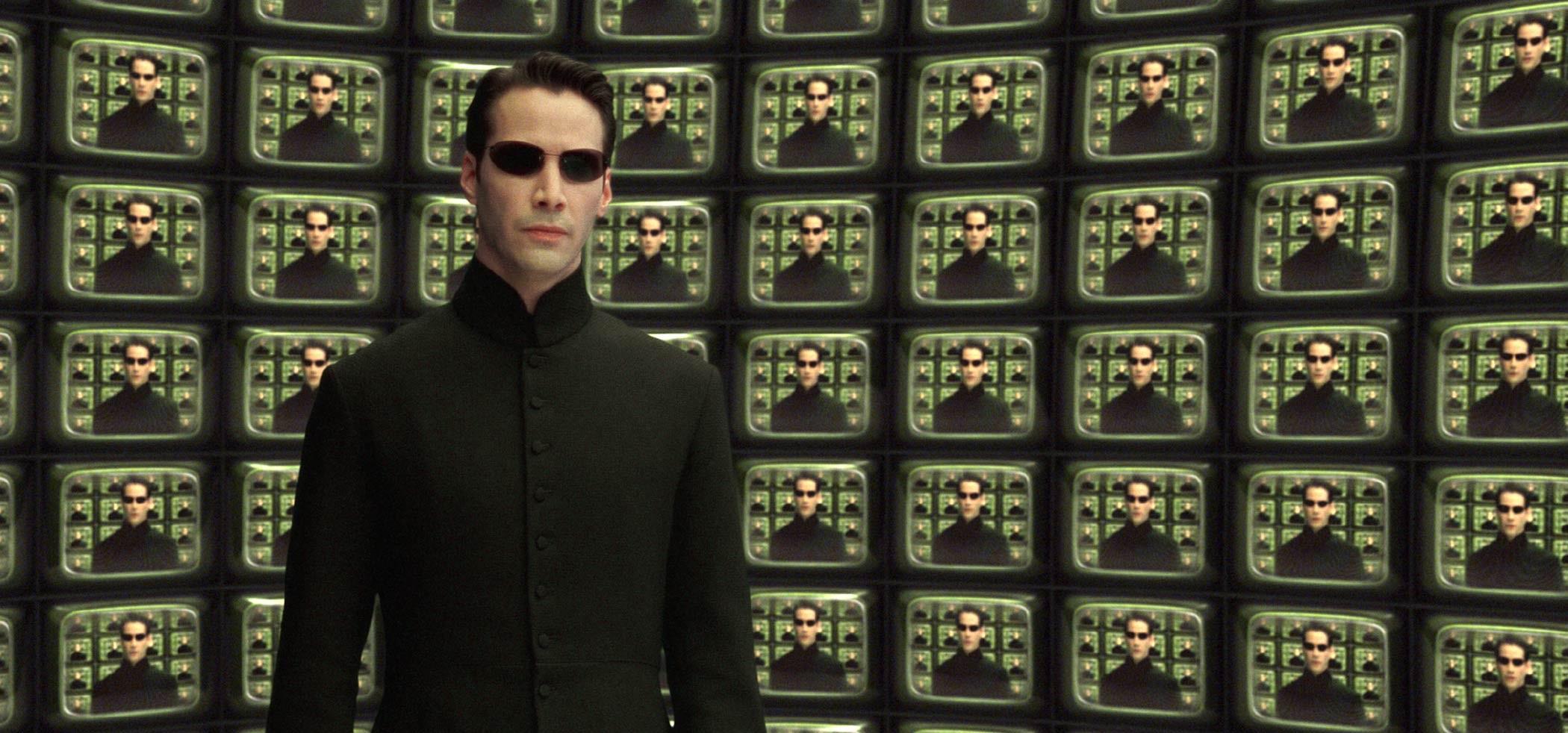
Screens everywhere
We might eventually have to rethink the notion of a “screen” altogether. It won’t be long before any blank surface could become some sort of display. You can do that today with pico projectors, which are bright and portable enough for casual viewing. Eventually, they could be integrated into homes to throw images onto your bedroom or living room wall, working in tandem with connected speakers. And we’re already seeing plenty of innovation with short-throw technology from the likes of Sony, projectors that can be placed right against walls to throw up a huge, bright image.
For someone like me, who’s already been bitten by the projector bug, the idea of bringing screens all over my home is much more enticing than bigger TV sets. Not only do you get large images, you also don’t have to worry about physically installing a screen. That’s something even LG’s glorious wallpaper OLED TV can’t offer. Standalone TVs won’t disappear a decade from now, but they’ll probably look much more different than you’re used to. The move towards OLED has already led to insanely thin sets from LG, and unique designs like Sony’s latest, which uses the screen as a speaker. Being thin and light will likely be the main focus for most OLED sets going forward, but I wouldn’t rule out further advancements from traditional LCDs. Samsung and Vizio have done wonders with their newest LCD TVs, which approach the quality of OLED for far less.
Although cinephiles might object to it, you can also expect more people to rely on their phones for watching video. “Convenience is going to trump quality every time,” John LePore, creative director of the visual effects firm Perception, told Engadget. “There’s a degree to which I subscribe to David Lynch’s rant against watching something on your phone phone [see above clip]. At the same time, my phone has a beautiful display, and watching something with headphones on might get me a better audio experience than my noisy home.”
Indeed, future generations of phones and tablets will probably make them even better suited for binge-watching. There’s also a chance that mobile VR will reach a point where you’d actually want to slip on a headset for hours just to watch video. Mobile VR headsets are already lighter and more portable than their desktop siblings, but we’re still waiting on battery and display improvements to make them truly compelling. Eventually, they could deliver an experience that’s akin to sitting in the middle of your favorite theater.
There’s also plenty of promise in virtual retinal display technology, which beams images right onto your eyes. We first saw it in action with the Avegant Glyph, a pair of headphones that also doubles as a personal cinema. It managed to recreate the experience of watching a big screen TV from far away. And though it wasn’t perfect, it was a surprisingly effective first stab at using the tech. Virtual retinal display technology has been around for years, but now it finally seems be ready for consumers. I’d wager that cinephiles wouldn’t mind spending a bit extra for the privilege of watching films on a “big screen” just about anywhere.

On the augmented reality (AR) front, there’s light-field technology, which can project virtual images that you can focus on just like real-world objects. It most recently appeared in Avegant’s new prototype headset, and it’s landed Magic Leap plenty of hype and funding. The big advantage with light-field tech: It doesn’t completely block your vision. It’s the sort of thing that could eventually be integrated right into glasses and goggles. It’s the key to making AR more than just a tech demo or gimmick.
(27)

